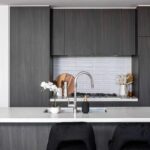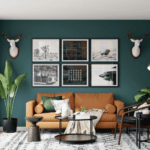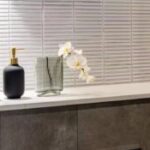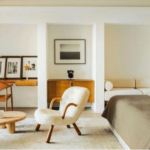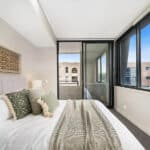Have you ever wondered how a property stylist differs from an interior designer? In this article, we’ll explore the differences between property styling and interior design.
What are the Differences between Property Styling and Interior Design?
When it comes to making your home look its best, you may be wondering what the difference is between property styling and interior design. Here’s a quick rundown of each discipline to help you decide which one is right for your needs.
Property styling is all about creating a certain look or feel in a space for the purpose of selling the property. This might involve using furniture and accessories to stage the home so that potential buyers can see its potential. Interior design, on the other hand, is more concerned with creating a functional and comfortable space that meets the specific needs of the people who live there.

Responsibilities of Property Styling’s Stylists and Interior Designers
Property Stylists:
A property stylist’s main focus is on making a home look great for selling purposes. This includes things like choosing the right furniture and accessories to showcase the space, and making sure everything is clean and tidy. Property stylists typically work with what the homeowner already has, rather than buying new pieces.
Interior Designers:
An interior designer’s focus is more on creating a functional and beautiful space that reflects the homeowner’s personal style. This can involve anything from choosing furniture and finishes, to planning the layout of a room. Interior designers often work with clients from the ground up, starting with a blank slate.
So, which one should you hire? If you’re looking to sell your home, then a property stylist is probably your best bet. But if you’re wanting to create a stylish and inviting space to live in, without the hassle of starting from scratch, then an interior designer may be more appropriate.
Point of Difference: Goals
Property styling and interior design can both be used to make a home more visually appealing, but there are some key differences between the two services. Property styling is typically done before a home is put on the market, in order to make it more attractive to potential buyers. The goal of property styling is to sell the home as quickly as possible, and for the highest price possible. Interior design, on the other hand, is focused on creating a space that is comfortable and stylish for the people who live there. The goals of interior design are to improve the quality of life for the occupants and increase the value of the property.
Point of Difference: Audience
There is a big difference between interior design and property styling. Interior design is all about creating a functional and beautiful space that meets the needs of the people who live there. Property styling, on the other hand, is all about making a house look its best for potential buyers.
While both interior designers and property stylists use furniture, art and accessories to create visual interest, the focus is different. An interior designer’s s goal is to create a harmonious space that reflects the client’s taste and lifestyle. A property stylist’s goal is to make a house look appealing to as many people as possible so it will sell quickly and for the best price.
Another difference between interior design and property styling is that interior designers usually work with clients who are planning to stay in their homes for a long time. Property stylists typically work with clients who are trying to sell their homes. This means that property stylists have to be up-to-date on the latest trends so they can make houses appeal to buyers who are looking for something specific.

Conclusion
In conclusion, there are several key differences between property styling and interior design. Property styling is usually shorter term and focuses on making a property look its best for sale or rent, while interior design is a longer process that involves creating a personalized space according to the client’s needs and taste. Interior designers also need to be aware of building codes and regulations, while property stylists do not necessarily need this knowledge. Finally, interior designers typically charge by the hour, while property stylists may charge a flat fee or commission.










